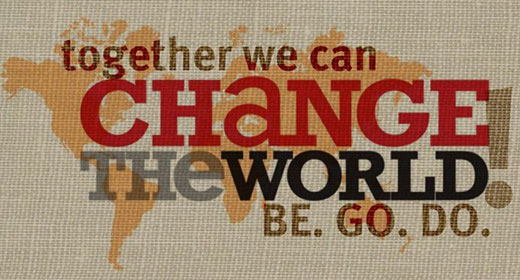 The United Nations is an international organization formed after the Second World War comprising of 51 nations across the globe. The United Nation’s aims are in “maintaining international peace and security, developing friendly relations among nations and promoting social progress, better living standards and human rights.” The United Nations is well known on providing conventional humanitarian aid to lesser developed countries. Humanitarian aid is essential for disaster relief and cases where countries desperately require emergency aid to rebuild. So why do we need the Arc or Social Enterprise if the United Nations is already providing humanitarian assistance?
The United Nations is an international organization formed after the Second World War comprising of 51 nations across the globe. The United Nation’s aims are in “maintaining international peace and security, developing friendly relations among nations and promoting social progress, better living standards and human rights.” The United Nations is well known on providing conventional humanitarian aid to lesser developed countries. Humanitarian aid is essential for disaster relief and cases where countries desperately require emergency aid to rebuild. So why do we need the Arc or Social Enterprise if the United Nations is already providing humanitarian assistance?
While humanitarian assistance benefits the prospective country in the short run, the country’s deeply rooted problems are overlooked and prevalent. Often humanitarian aid does not even reach the individuals who need them the most. Western countries have spent over $2.3 trillion in humanitarian aid and “still had not managed to get twelve-cent medicines to children to prevent half of all malaria deaths … to get four-dollar bed nets to poor families … to get three dollars to each new mother to prevent five million child deaths.” Often, the funds donated to a lesser developed country is ‘lost’ due to corruption or due to not have proper system in place. As Arielle Uwonkunda told Jeff Kroeker, “I told him about non-profits that have donated money to Rwanda following the war but didn’t make a lasting impact.” Furthermore, humanitarian aid may potentially cause the prospective country to rely or be dependent on the donor country or organization.
Social entrepreneurs and The Arc Initiative however, proceed with a different approach. They seek to improve and maintain local economic sustainability by encouraging local entrepreneurship and teaching small businesses unique skills that would benefit the local community in the long run. The Arc initiative’s aim is to share the business ‘toolkit’, which students acquire at their time in Sauder, to help local entrepreneurs. As the proverbial saying goes, “Give a man a fish and you feed him for a day; teach a man to fish and you feed him for a lifetime.” This saying explains while providing immediate aid is helpful, teaching important life skills is vital to help the individual (or community) be independent and flourish on its own.
Even though the Arc Initiative currently reaches out to 4 countries (Ethiopia, South Africa, Rwanda and Colombia), their work has still made a large impact on local businesses. An excellent example of this would an Ethiopian business called Shega Shero Eatery located in the capital city, Addis Ababa. The Arc Initiative also taught the owner, Fitih Tesfaye, how to analyze her restaurant business and expand to an “untapped sector” of the market. This resulted in the increase of her monthly salary which is now considerably higher than the yearly GDP of the average Ethiopian.
In conclusion, I feel that both the United Nations and the Arc Initiative or other Social Enterprises are essential and needed. While the United Nations provide the humanitarian relief globally that Social Enterprises do not have the resources to provide, Social Enterprises focus more on the smaller details to help build a sustainable economy that benefits the local community.
References:
http://www.un.org/en/aboutun/index.shtml
http://news.ubc.ca/2014/06/30/upward-arc/
http://www.sauder.ubc.ca/Global_Reach/ARC_Initiative/About_ARC
http://www.uniteforsight.org/community-development/course1/module3#_ftn1
http://www.forbes.com/sites/mikepatton/2013/01/28/foreign-aid-money-down-a-rat-hole/
http://www.awaken.com/wp-content/uploads/2013/09/We-Can-Change-the-World-520.jpg

 After watching “The Internship” last night for the third time, I decided to base my post on James Lau’s blog post on “
After watching “The Internship” last night for the third time, I decided to base my post on James Lau’s blog post on “



 Chipotle Mexican Grill is an American fast-food chain specializing in Mexican burritos, burrito bowls and tacos.
Chipotle Mexican Grill is an American fast-food chain specializing in Mexican burritos, burrito bowls and tacos.

